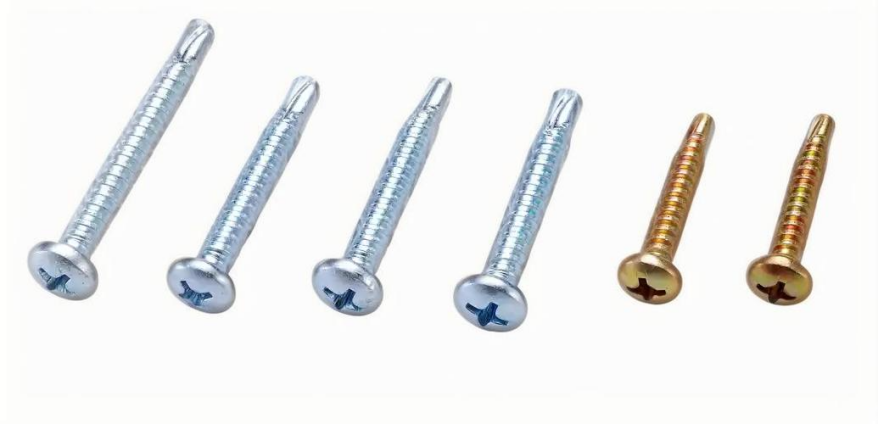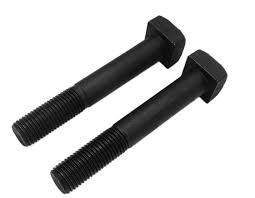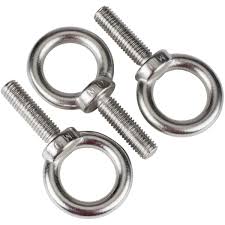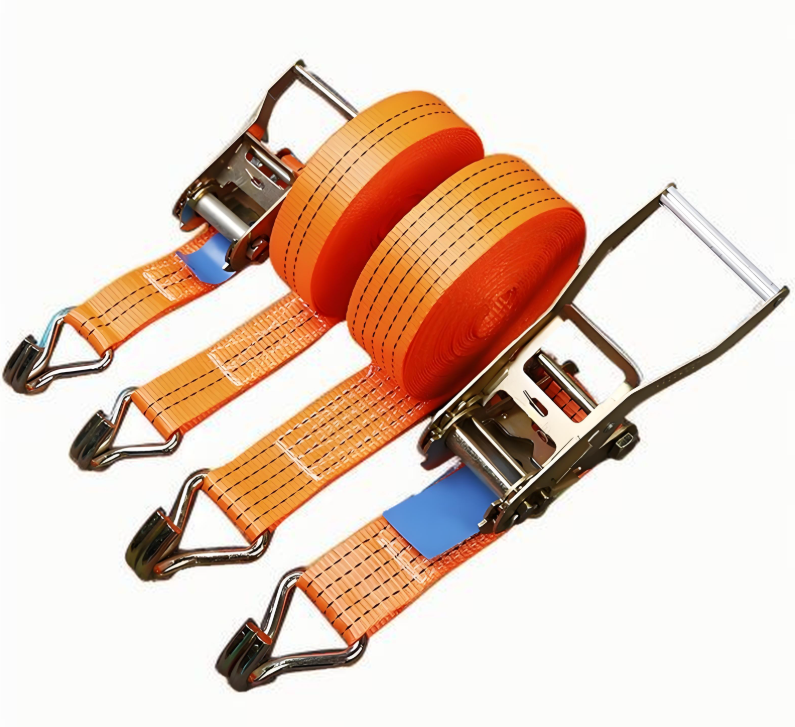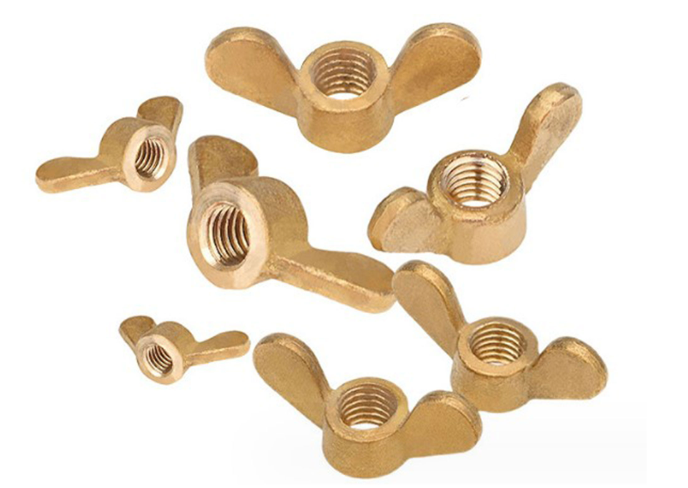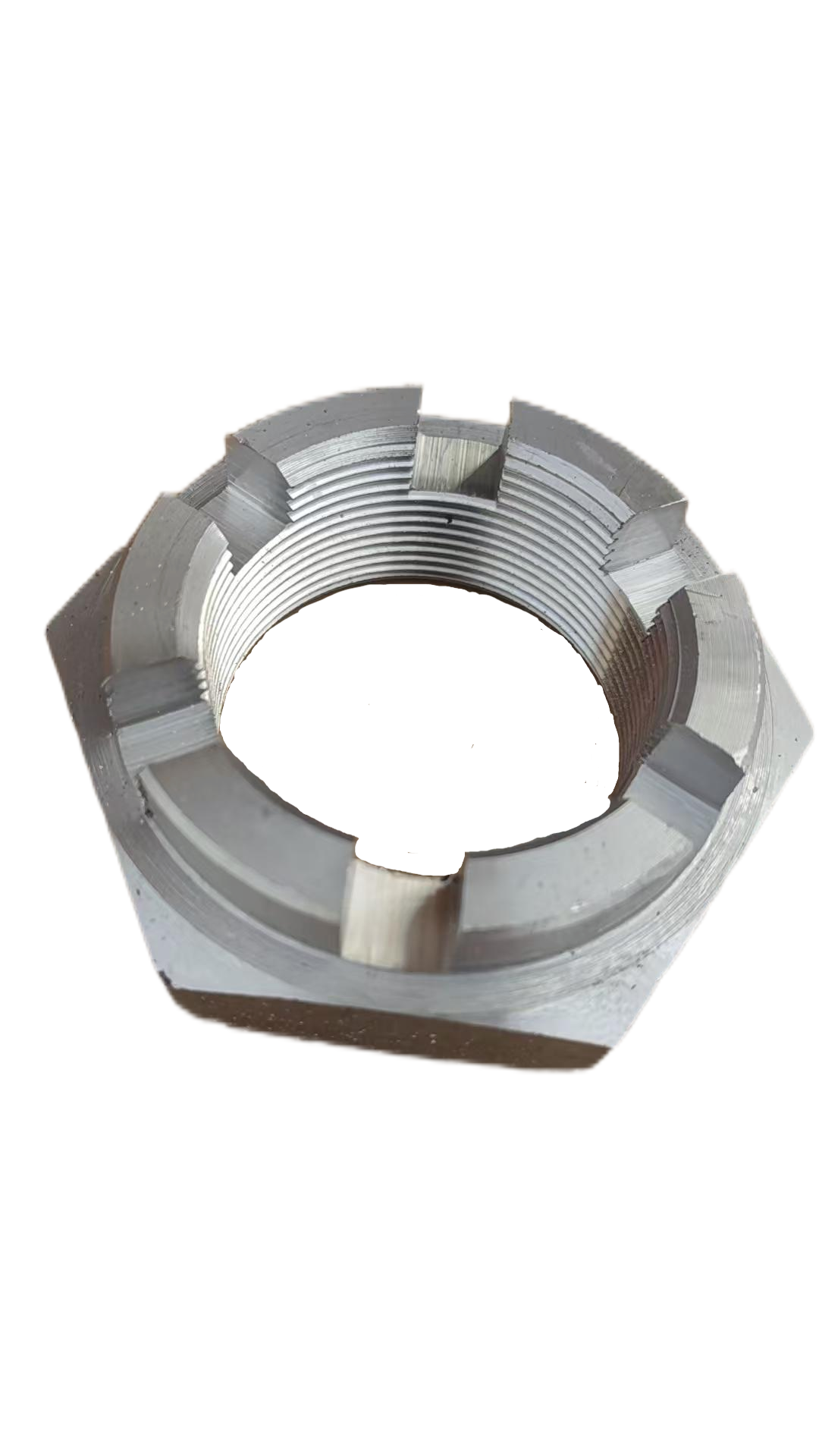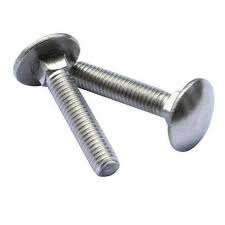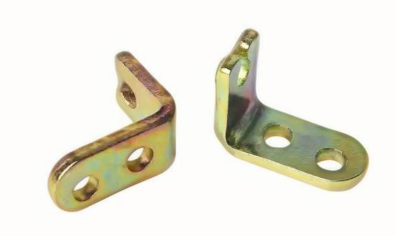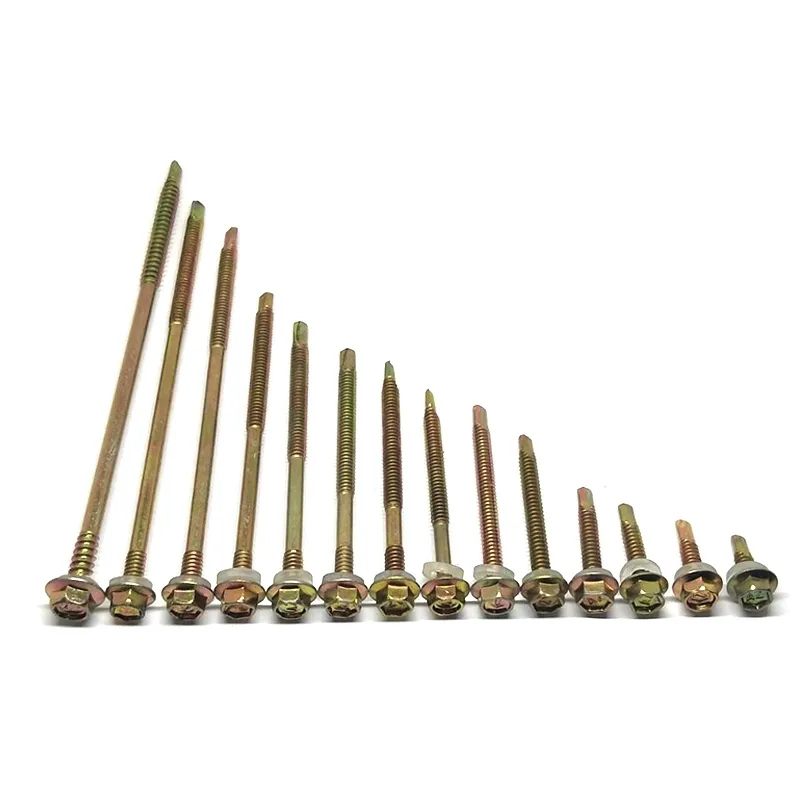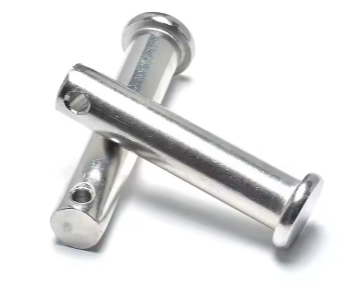

This guide provides a detailed overview of threaded rivets, covering their types, applications, installation methods, advantages, and disadvantages. Learn how to choose the right threaded rivet for your project and master the installation process. We'll explore various aspects to help you make informed decisions. Whether you're a DIY enthusiast or a professional, this resource is designed to enhance your understanding of these versatile fasteners.
Threaded rivets are a type of blind fastener, meaning they can be installed from one side of the workpiece only. They consist of a threaded stud and a rivet body. The stud is permanently fixed to the rivet body, creating a strong and reliable connection when installed correctly. Unlike traditional rivets, threaded rivets provide a reusable threaded hole, making them ideal for applications requiring repeated assembly and disassembly. They are widely used in a variety of industries for joining different materials.
Several types of threaded rivets are available, each with its own unique characteristics and applications. The most common types include:
These are the most common type of threaded rivet and are installed using a special setting tool. They are relatively easy to install and provide a strong, reliable connection. They are suitable for a wide range of materials and thicknesses.
These threaded rivets pierce their own hole in the material during installation, eliminating the need for pre-drilling. This makes them particularly convenient for quick and efficient fastening.
Other variations exist, including those with different head styles (e.g., countersunk, pan, button) and materials (e.g., steel, aluminum, stainless steel). The choice of threaded rivet type depends on the specific application and materials being joined.
The installation of threaded rivets typically involves the use of a specialized setting tool, which pulls the rivet mandrel through the rivet body, expanding the body and creating a secure joint. Different tools are available, depending on the type and size of threaded rivet being used. Detailed instructions for installation are usually provided by the manufacturer. Proper installation is crucial for achieving optimal performance and avoiding failure.
Threaded rivets offer several key advantages over other types of fasteners:
While offering numerous advantages, threaded rivets also have some limitations:
Selecting the appropriate threaded rivet for your project involves considering several factors, including the materials being joined, the required shear strength, and the available space. Consult manufacturer specifications and datasheets to ensure compatibility and performance.
Threaded rivets find widespread applications across various industries, including automotive, aerospace, electronics, and construction. Examples include joining sheet metal panels, attaching components to chassis, and securing electrical components.
The choice of material for your threaded rivet is crucial for its performance. Common materials include steel, aluminum, and stainless steel. Each offers different properties regarding strength, corrosion resistance, and weight. Check with Hebei Dewell Metal Products Co., LTD for a wide variety of options and specifications.
| Material | Advantages | Disadvantages |
|---|---|---|
| Steel | High strength, cost-effective | Susceptible to corrosion |
| Aluminum | Lightweight, corrosion resistant | Lower strength than steel |
| Stainless Steel | High strength, excellent corrosion resistance | More expensive than steel or aluminum |
Remember to always consult the manufacturer's instructions for specific installation procedures and safety precautions. Selecting the correct threaded rivet and employing proper installation techniques are key to ensuring a secure and long-lasting connection.


